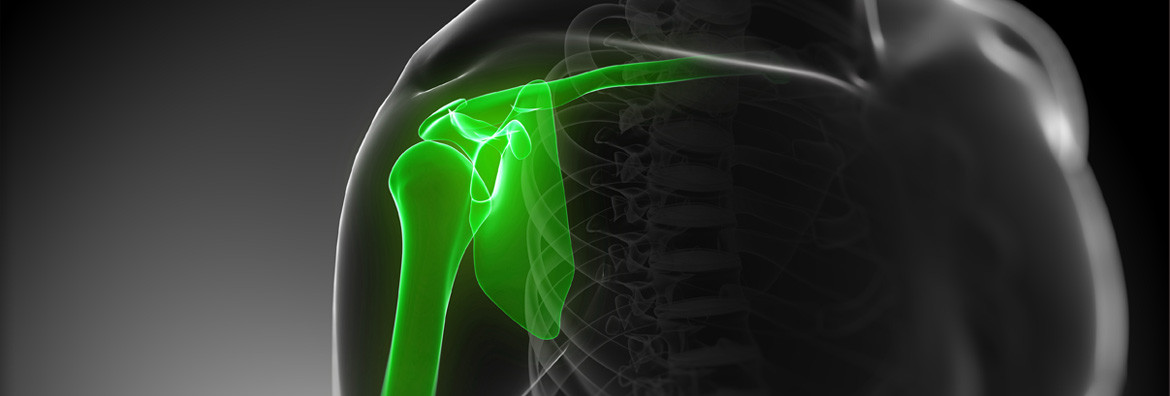
Rotator Cuff Tears and Disorders
In this Resource:
- PT TV video: RCD and Rotator Cuff Tears
- The PT Weighs In: A Modern Take on Rotator Cuff Injuries
- Other Materials
PT TV: RCD and Rotator Cuff Tears
The PT Weighs In: A Modern Take on Rotator Cuff Injuries
By Therapydia Kona Clinic Director Brett Carey, DPT
The shoulder is considered to be one of the most intricate joint systems in the entire human body, with interactions between the humerus, the scapula, the thoracic spine and the complex neurovascular system. The rotator cuff plays a vital role in proper shoulder function. The rotator cuff system consists of four muscles: the supraspinatus, the subscapularis, the teres minor and the infraspinatus. The primary roll of the rotator cuff is to center the shoulder joint and allow for proper joint motion.
Identifying the reasons for shoulder pain can be multifactorial. The American Physical Therapy Association outlines three separate classifications that a shoulder problem can be categorized as. Shoulder pain and mobility deficits/adhesive capsulitis (frozen shoulder), shoulder stability and movement coordination impairments/dislocation of the shoulder joint, and shoulder pain and muscle power deficits/rotator cuff syndrome. Any of these conditions can impact the rotator cuff, but for the purposes of this article, we will focus on the muscle power deficits/rotator cuff syndrome (RCS) classification.
Traditionally, pathology of the rotator cuff was thought to be almost always be related to issues with impingement, where compression and high levels of friction were associated with the pain and dysfunction often reported by patients. More recent evidence suggests that mechanical loading of the tissue may cause changes to the tendon quality and contribute to the sensitivity of the tissue. Overhead movements such as throwing, can increase tensile load. Reaching overhead can increase the compressive forces in part of the shoulder complex. It is not uncommon to find pain while catching at midrange when lifting the arm. In fact, pain and weakness are common when performing movements that place any stress onto the rotatory cuff system.
Very few things in life have a specific protocol that you can follow from start to finish without having to adjust a little. Managing rotator cuff issues is no different. Given the fact that underlying cause of shoulder pain and dysfunction can be multifactorial the interventions should be selected to treat the impairments, not necessarily the diagnosis. Specific exercises which address the scapula and rotator cuff, in conjunction with manual therapy, has been shown to be beneficial for patients with RCS. It is also of benefit to look at the mechanics and relationship of the thoracic spine to the shoulder, as treatment to the thoracic spine may improve certain shoulder impairments. Core/midline stabilization can also contribute to issues seen in the shoulder based upon the specific activities someone participates in.
In an ideal world, we could develop a series of movements, exercises or hands on treatment that could fix everyone just the same. But the challenge is that we all are very unique and while we might share a common complaint of shoulder pain, the underlying cause is very different from person to person. That is why it is important to have a thorough, comprehensive exam so that the individual characteristics associated with your shoulder can be addressed and a detailed, personalized approach can be implemented.